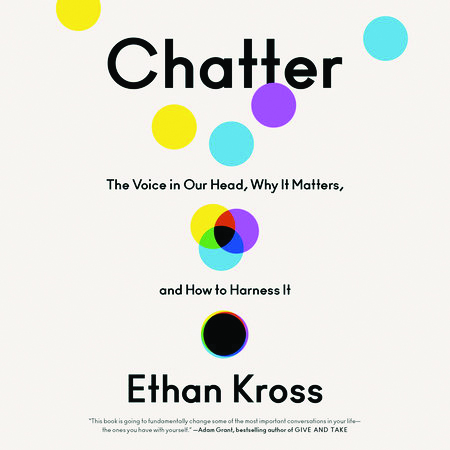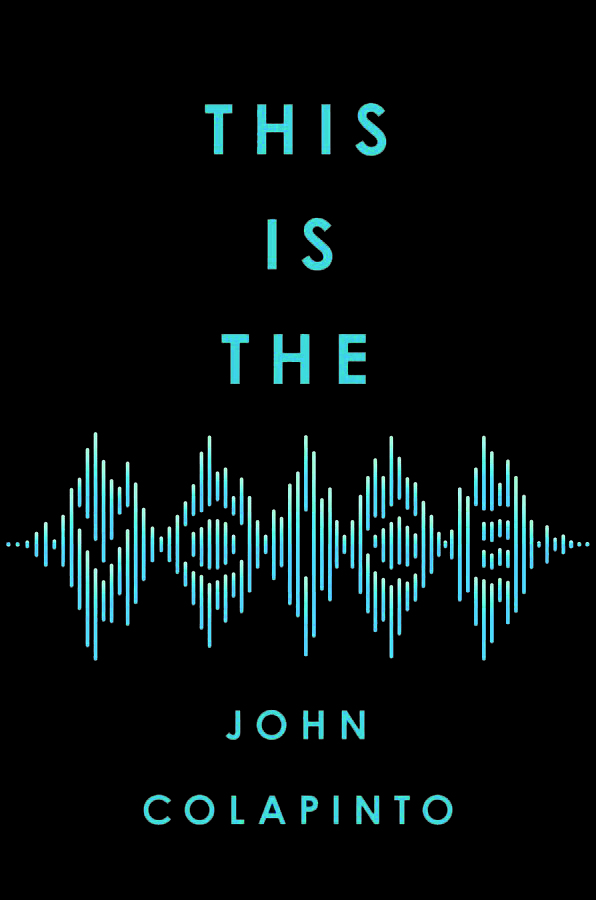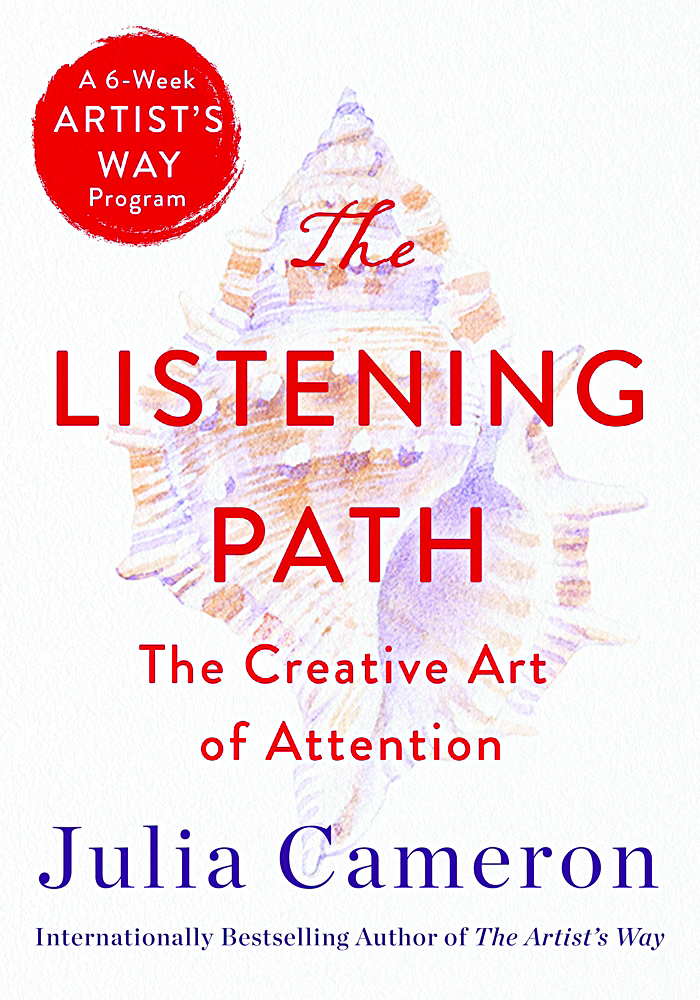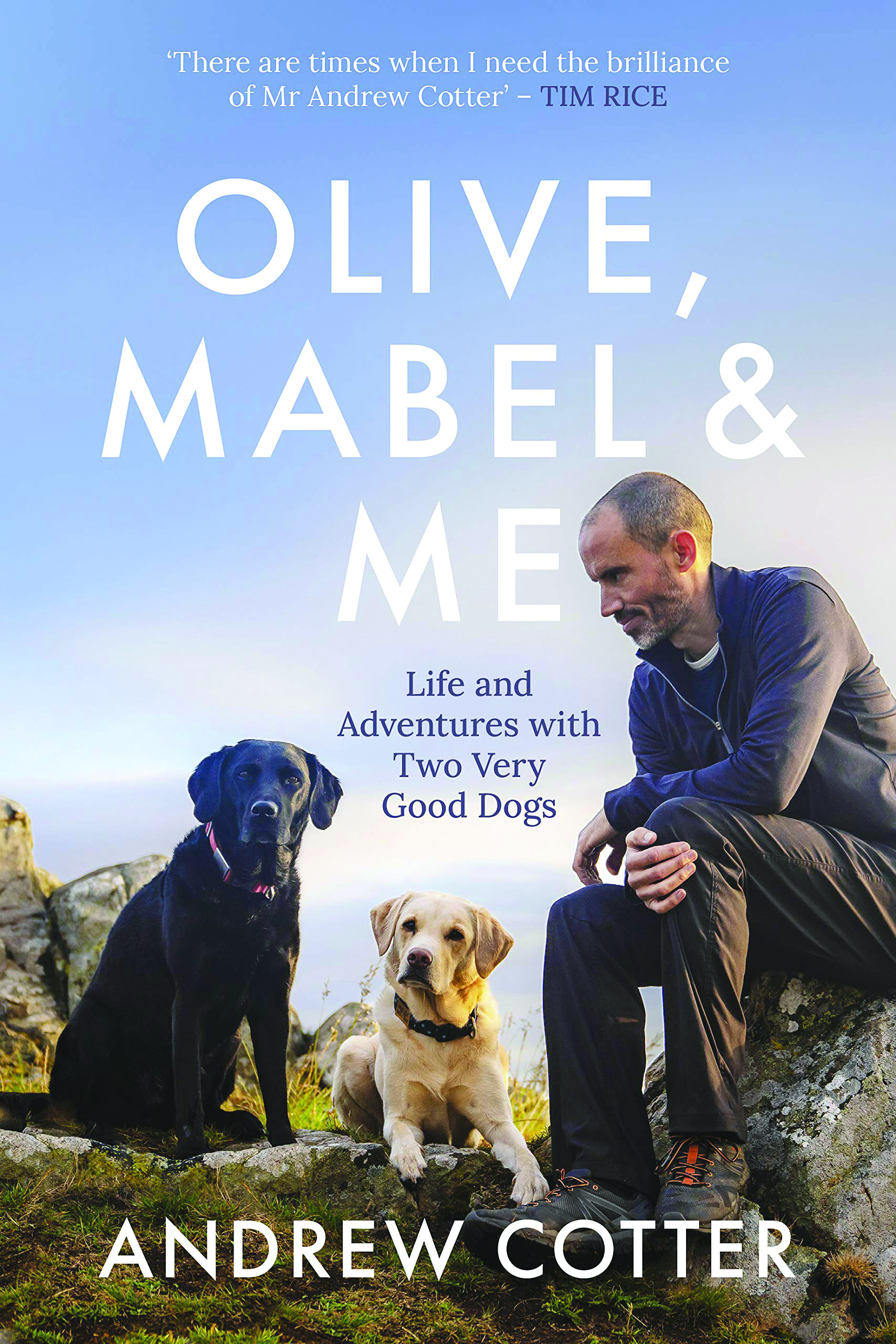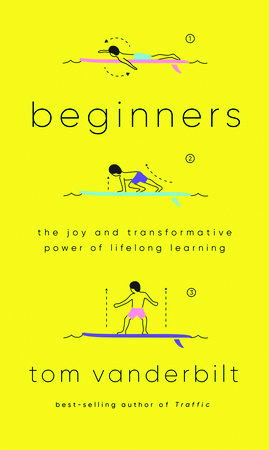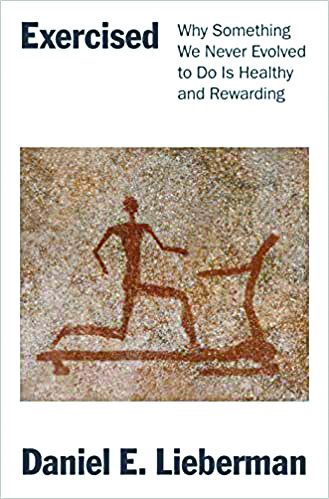Chatter, by Ethan Kross (Crown, 229 pages)
Ethan Kross had a problem, and not one you’d expect to plague a psychology professor with a Ph.D. and a family.
He’d gotten a threatening letter, postmarked locally, from someone who had been inexplicably enraged by his appearance on the CBS Evening News to talk about a scientific study. The letter contained violent drawings and so disturbed Kloss that he reported it to the police. Nothing happened, but he couldn’t stop thinking about it. In his mind, he imagined the face of the writer — “with a little help from Dexter and the Saw movies” — and he stayed up late at night, listening for an intruder. He even considered hiring a bodyguard, an idea so silly that it caused him to speak sharply to himself, saying, “Ethan, what are you doing? This is crazy!”
With those words came a revelation: Viewing a distressing situation from another point of view, from a distance, can help people feel better. It is one of social science’s recent discoveries about how reframing can improve our outlook and mental health.
What Kross had been doing is often called rumination, the constant recycling of negative thoughts. Kross, director of the Emotion & Self Control Laboratory at the University of Michigan, has another word for it: chatter. We all have “voices in our head,” he says; “the inner voice is a basic feature of the mind.”
“The flow of words is so inextricable from our inner lives that it persists even in the face of vocal impairments. Some people who stutter, for example, report talking more fluently in their minds than they do out loud.” Deaf people talk to themselves too, using sign language in their minds, Kross says.
But it’s the negative talk that is the focus of Chatter, the kind that derailed a promising pro-baseball pitcher and a Harvard undergrad on a track to a CIA career. Theirs are among the stories that Kross tells to illustrate the way in which destructive self-talk can ruin a career or a relationship, before telling us how to turn off the poisonous fountain, or at least slow it down to a drip.
Often all it takes is a shift in the language of how we talk to ourselves; for example, thinking about ourselves and our situations in the third person has been shown to relieve painful thoughts within seconds. (For example, imagine advising a friend with the same problem.) Conversely, the most common way of dealing with distressing situations or thoughts — talking it over with friends — can backfire and turn into “co-ruminating,” which Kross describes as “tossing fresh logs onto the fire of an already flaming inner voice.”
Star Trek fans will enjoy Kross’s explanation of how to avoid this (“When supporting each other, we need to offer the comfort of Kirk and the intellect of Spock”); in this chapter, he offers useful advice for anyone struggling to help a friend or relative in distress. But mostly the book is designed to help people struggling with chatter to help themselves in practical, evidence-based ways. One way is to organize our homes and workspaces, which “stimulates a sense of order in the world — and by extension in our own minds.”
More surprising suggestions that he offers include clutching a lucky charm of some sort or embracing a superstition. (The placebo effect is real.)
Although everyone talks to themselves, there’s wide diversity in what we think is the source of the voice. Some people sincerely think the voice comes from aliens or the government; those are deemed auditory hallucinations by mental health professionals. Kross makes clear that he believes the voice is his own; when panicking over the hate mail in the middle of the night, he tells himself, “Ethan, go to bed,” and finds comfort in the direction.
Elizabeth Gilbert also heard a similar instruction that she relays in the opening to Eat, Pray, Love (“Liz, go back to bed”) but she attributed the voice to God.
God doesn’t make the index of Chatter; a failing of the book is Kross’s unwillingness to address what (or who) many people believe to be the source of the interior voice. It also seems a little thin and anecdote-heavy for the complexity of the topic.
In both the cases of Gilbert and Kross, whatever the source, the directive worked, so if God doesn’t tell you to go to bed the next time you’re up at 3 a.m. ruminating, just tell yourself. Kross promises it works. B
BOOK NOTES
Georgia congresswoman Marjorie Taylor Greene was ousted from her House committees for what Sen. Mitch McConnell called “loony lies and conspiracy theories.”
Meanwhile, Avi Loeb still teaches at Harvard University, which means that his theories about extraterrestrial flybys must be … true? Or at least reasonable enough to take seriously. Now we can learn more in Extraterrestrial: The First Sign of Intelligent Life Beyond Earth(Houghton Mifflin Harcourt, 240 pages).
Loeb’s Ivy League colleagues have been dubious about his insistence that the oblong UFO that sped through our solar system in 2017, dubbed Oumuamua, was from an advanced civilization. To make his case to a more accepting public (a third of Americans tell pollsters they believe in aliens), Loeb wrote a book that, from its opening pages, looks surprisingly user-friendly. And neither Harvard nor Mitch McConnell has denounced him as loony, which seems an endorsement in itself.
For less controversial works about the universe, MIT professor Alan Lightman has a new collection of essays out this week. Probable Impossibilities, Musings on Beginning and Endings (Pantheon, 208 pages) is a physicist thinking out loud about subjects such as what came before the Big Bang and whether consciousness is greater than the neurons of an individual brain. We gave his previous collection, 2018, Searching for Stars on an Island in Maine (Pantheon, 210 pages) an A.
Michael Leinback and Jonathan Ward also had an eye on the heavens in Bringing Columbia Home (Arcade, 416 pages), an account of the loss of the space shuttle Columbia and the efforts to recover the shuttle parts and human remains. With so much attention paid to the 1986 loss of the Challenger, with New Hampshire teacher Christa McAuliffe aboard, the 2003 Columbia disaster has fallen into its shadow. This book, released in paperback last year, is a poignant memorial to that crew.
And just because we love the title, check out Astrophysics for People in a Hurry by Neil deGrasse Tyson (W.W. Norton & Co., 224 pages).
Featured photo: Chatter

